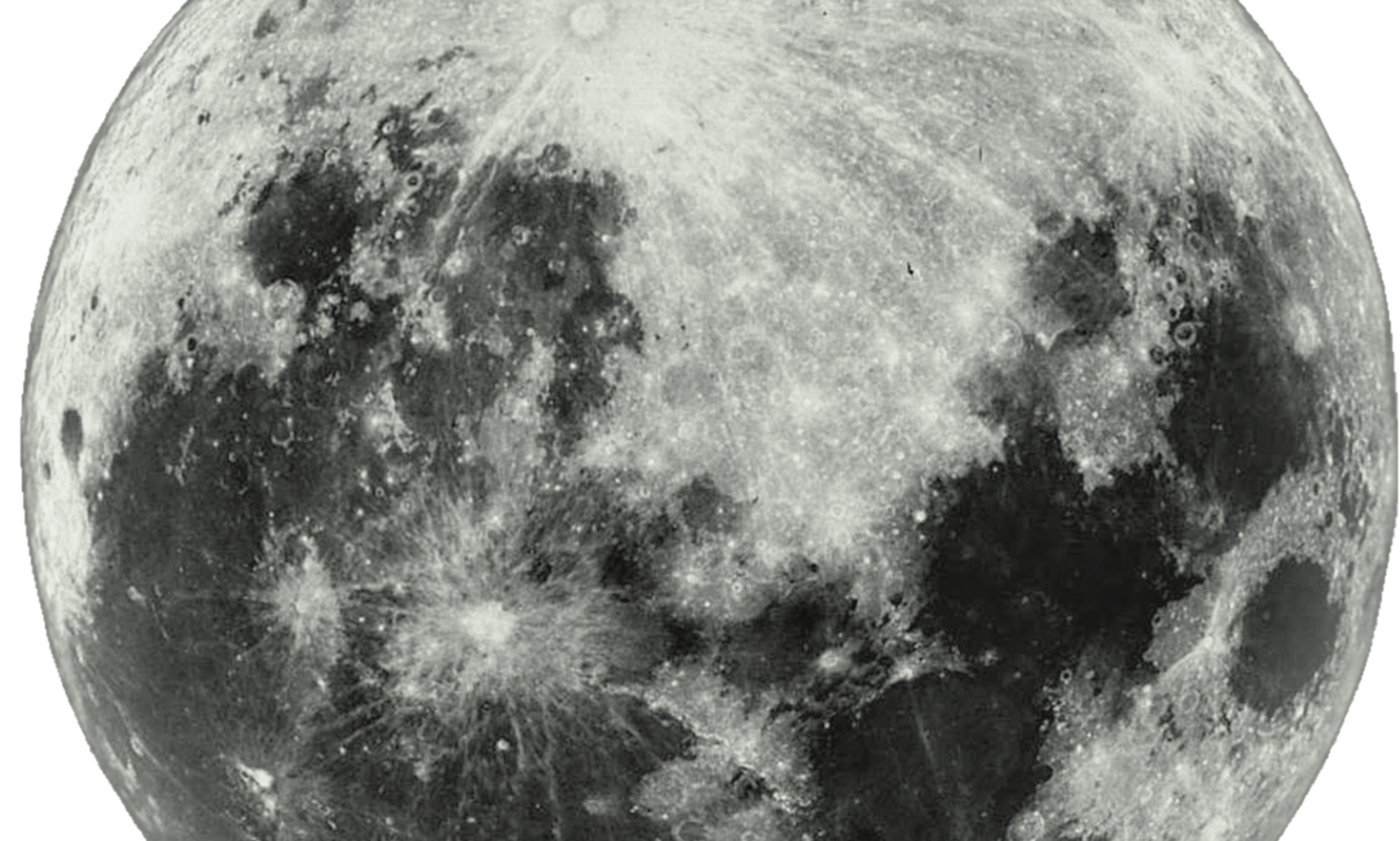Between Dawn and Day,
What Distance
Always Steinbeck’s dawn begins gray,
forms of the world silhouetted.
Its inhabitants, living
not on optimism but hope,
would see within an hour
a sky filtering all the colors
before settling on blue,
the landscape filling in with detail,
the distinct world emerging.
Disembodied voices of night
anchor themselves in light
to their familiar forms: flashing wings
of hawks, barking offspring of coyotes,
the tapping and hissing of work
in fields and on the roads—
the giant tractors, the earth-augers,
the threshing combines.
It is the gray coming out of black
that in morning finds you,
will not let go.
It lifts you again from pillowed sleep—
that netherworld—pulling you up,
ferrying you back across
to begin the second labor of the hero,
killing off the several-headed monster
that ran you from the field—
and afterwards, entreating the sister-rains
to take the dust into themselves
until it runs with their generous grief
and the machinery breaks down
rusting to its elements.
What could the seeds do then
but give you back your work
as you comb and caress the giant mares,
polish the wreaths of their harness,
sharpen your plow.
Roberto Capucci’s Angel d’Oro
—Metropolitan Museum of Art
Her demeanor from a side angle
is unassuming, the Angel d’Oro
in pleated panels of gold and rose.
You can nearly hear the swishing
of silk taffeta as she tries to pass by
without disturbing you, though
isn’t that what angels exist for—
to trouble us—are we good enough,
innocent enough, pure in our deeds?
Isn’t that what the man who dressed her
was thinking, as he pleated those wings?
This angel has appeared in sundry iterations
and a myriad of colors. In another venue
—Christie’s—her dresser showed us a face
wrapped with white fabric, hooding
the woman. A bun-like knot in the back
secures the hood. I hold my breath,
cannot breathe, am trapped like
that—with no eyes to see how he
has dressed me or what will happen
next. I cannot bear it, and I see
myself, unnerved, tearing through the fabric.
